From small households to cooperative models, people here always strive to maintain the profession. The goal is not only to maintain income but also to preserve the quality of silk thread, a delicate agricultural product closely associated with local culture and identity.
Increasing the efficiency of silkworm farming from hybrid mulberry varieties
Silkworm farming is one of the occupations that brings quick and stable income to Dong Nai people. After only 15-17 days of investment and care, people can recover their capital and make a profit. However, for silkworm farming to develop sustainably, the prerequisite is to have enough raw materials, which is mulberry trees.
It is a miracle that from a small body, each silkworm can produce a silk thread 700-1,200m long. Those shiny silk threads are not only precious to the silkworm but also the pride of Dong Nai farmers, who are working hard every day to preserve the quintessence of the craft village.
Currently, Dak Lua is the commune with the largest mulberry growing area in Dong Nai province with more than 260 hectares. Recently, farmers have boldly converted from old mulberry varieties to new, higher-yielding varieties. After 8 years of working in the mulberry growing and silkworm raising profession, Ms. Luc Thi Hanh, in Dak Lua commune, decided to convert all of her more than 3 sao of mulberry from the old variety to the hybrid mulberry variety, a type of tree with thick leaves, high yield and easy care. Similarly, Mr. Nguyen Dinh Mai, who has more than 20 years of experience in the profession, also boldly converted his 3 hectares of mulberry to this high-yielding mulberry variety.
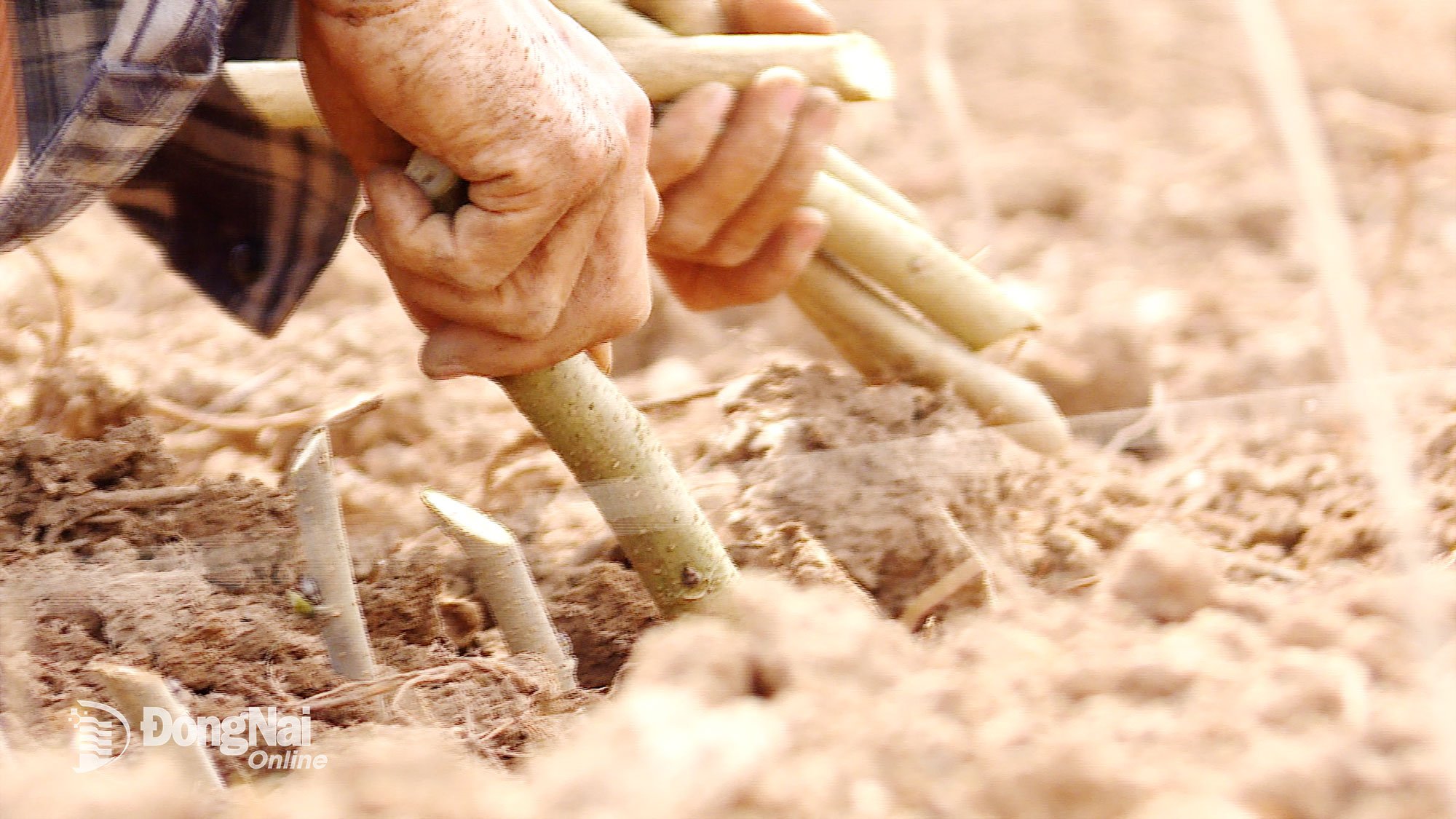 |
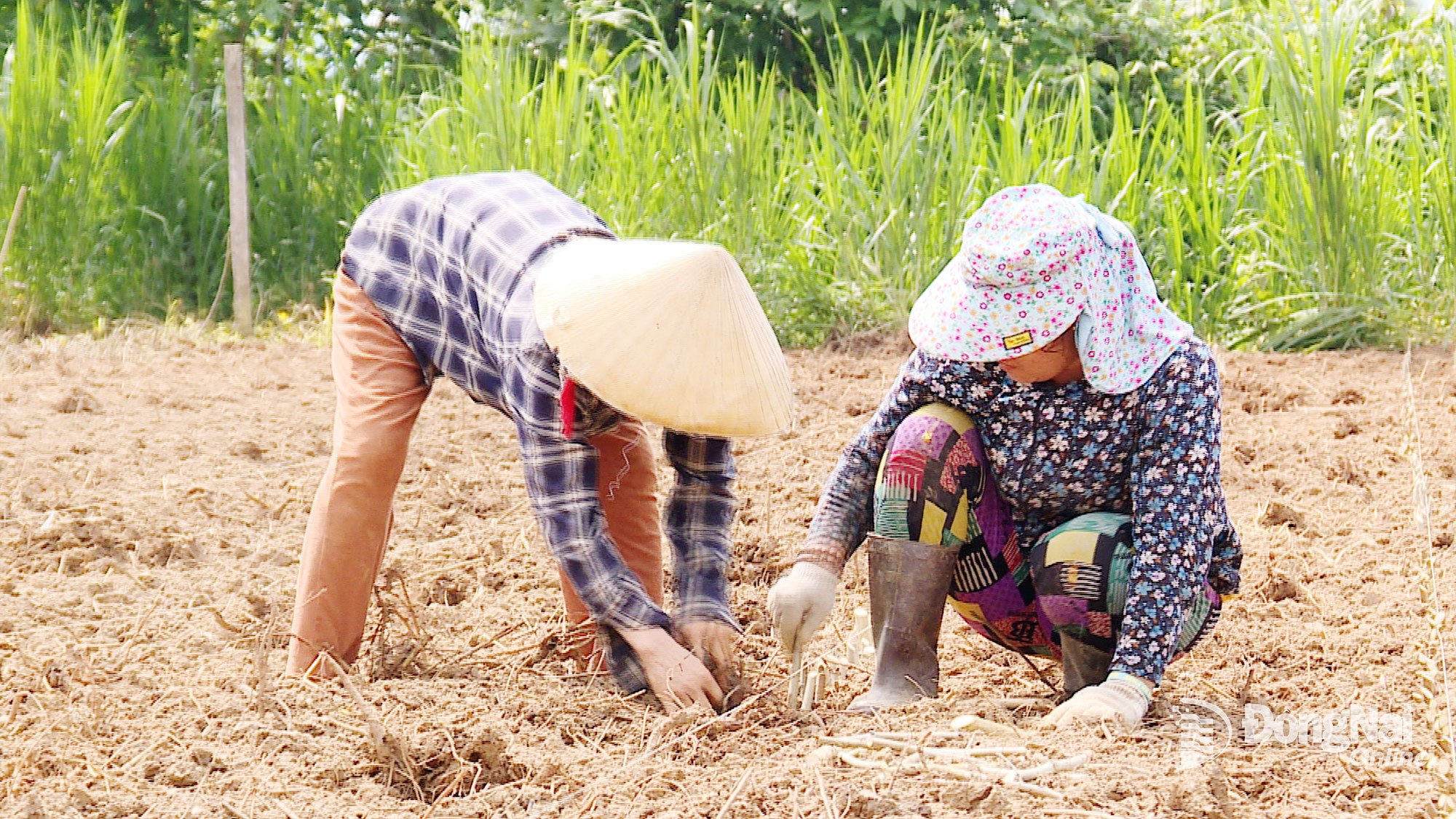 | |
|
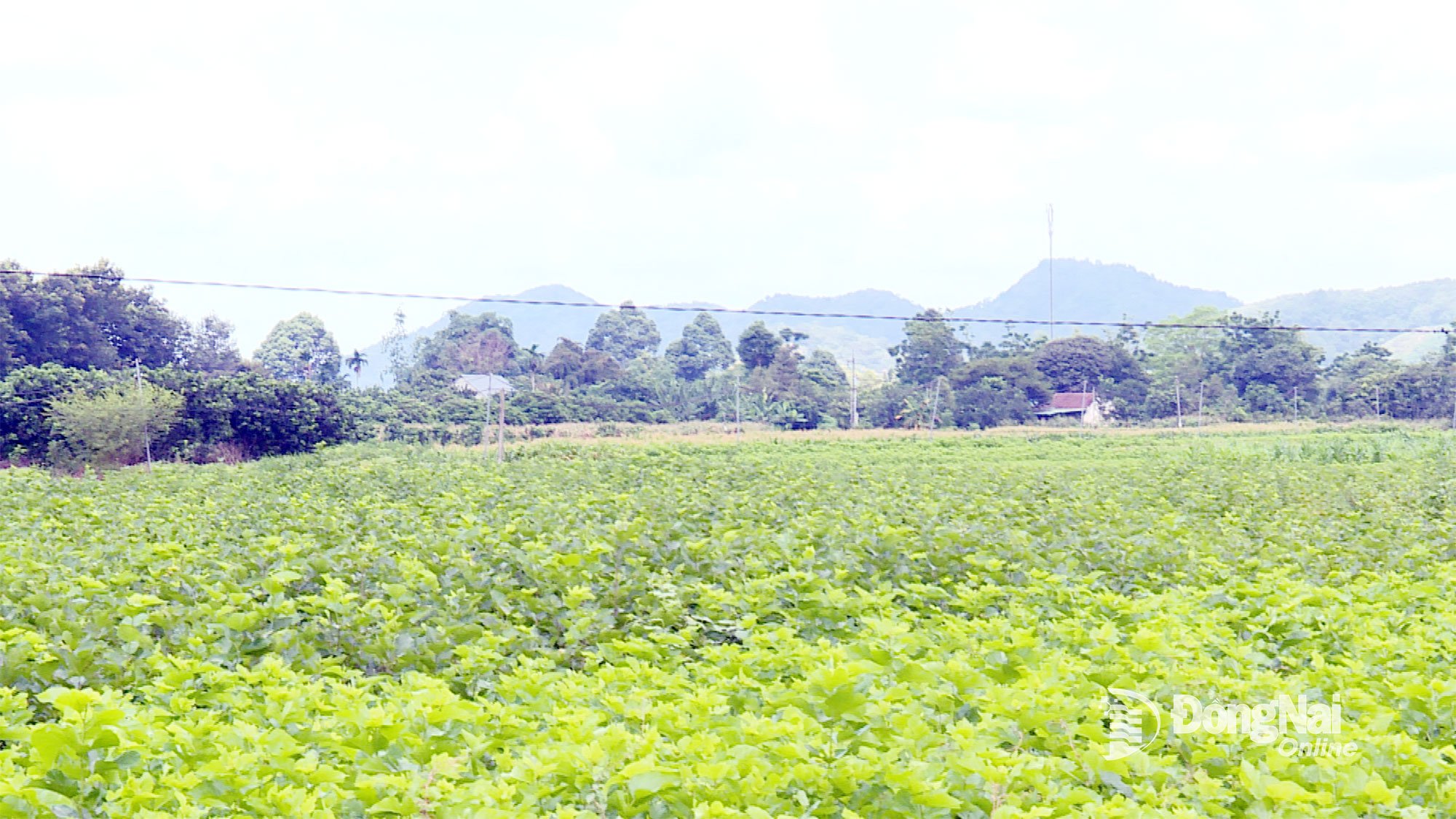 |
| Farmers in Dak Lua commune are actively converting and replanting many old strawberry areas with hybrid strawberry varieties for higher productivity. Photo: Tu Huy |
Ms. Luc Thi Hanh said: “Because the old strawberry variety requires a lot of care and has low productivity, my family decided to switch to a hybrid strawberry variety. This new variety has a productivity 5 times higher than the strawberry variety we have been growing for a long time.”
Similarly, Mr. Nguyen Duy Mai shared: “More than 2 years ago, my family decided to gradually convert the old mulberry area to hybrid mulberry, and up to now, we have completely replaced the entire 3ha of this new mulberry variety. Since the conversion, the family economy has developed faster. The effectiveness of many households, so people here are also gradually converting and expanding, increasing the area”.
Previously, for the old mulberry variety, farmers had to harvest each leaf. Since planting this new variety, when it is time to harvest, farmers can cut the whole stem and leaves, put them in a shredder and then spread them out for silkworms to eat. This change helps save on harvesting labor and the usable mulberry yield is also 10-15 times higher, helping farmers raise more silkworms, thereby bringing in higher income.
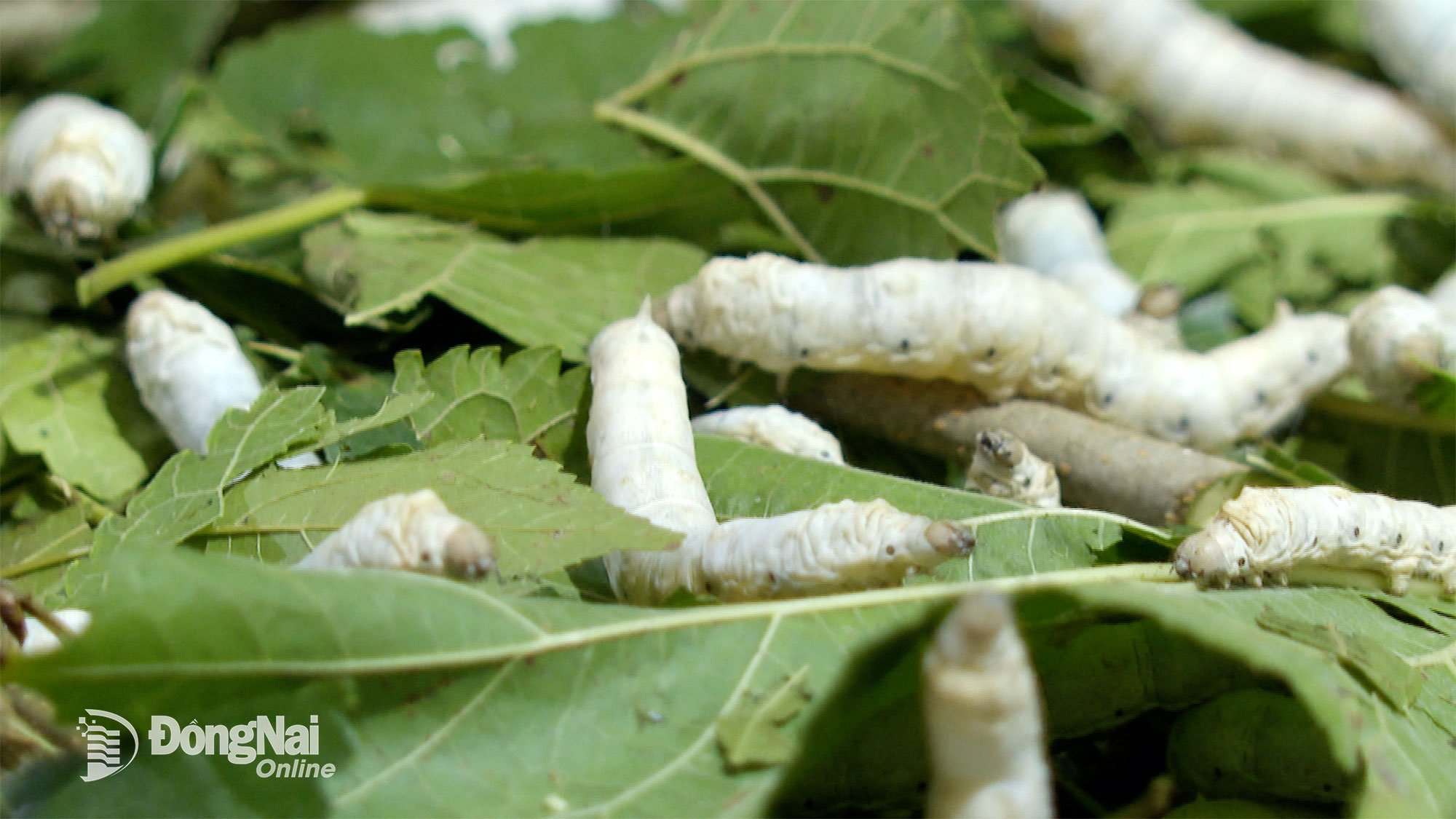 |
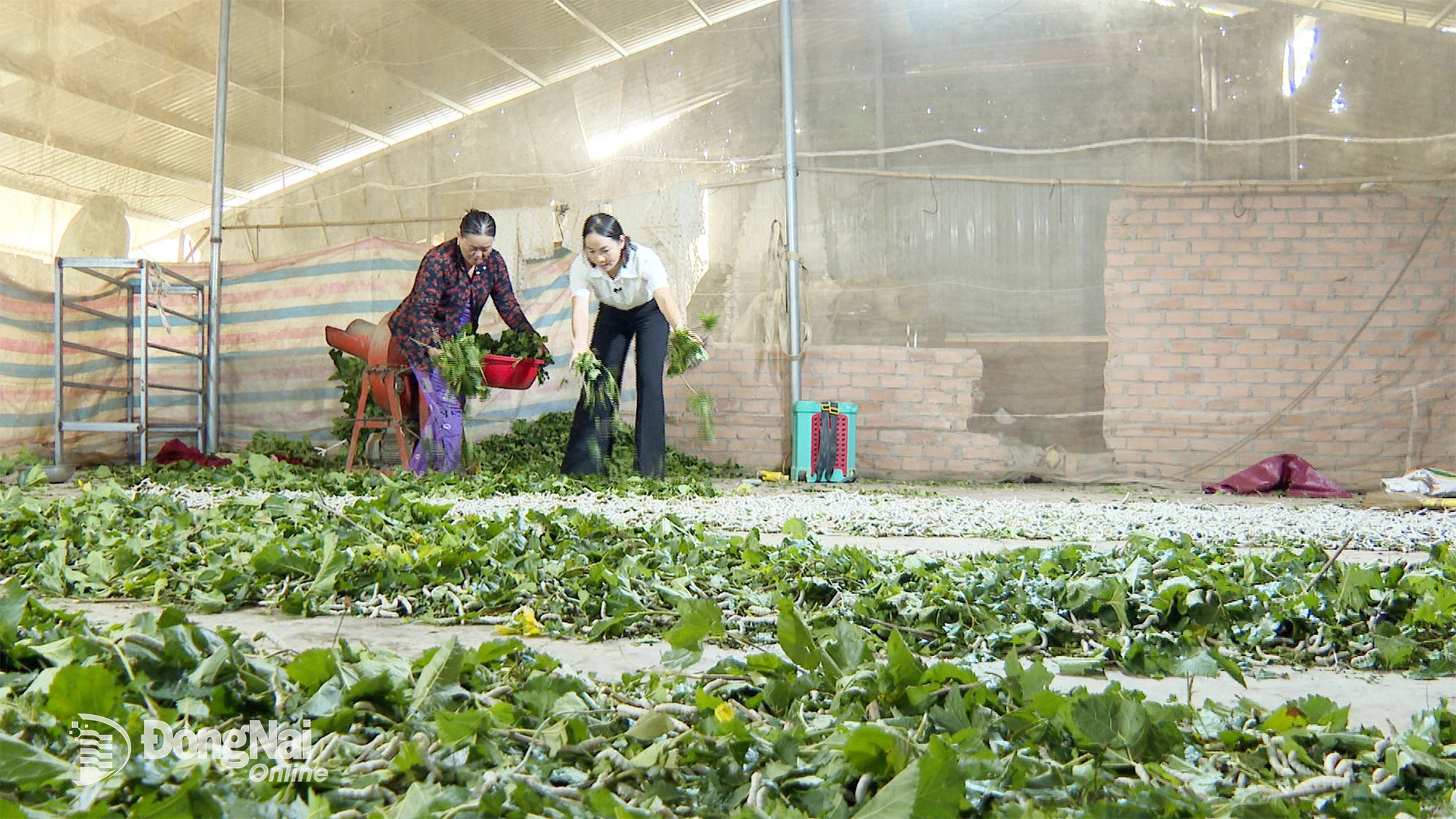 |
| Thanks to the conversion of new mulberry varieties, silkworm farming productivity has increased significantly. Photo: Tu Huy |
With over 30 years of maintenance and development, it can be seen that mulberry trees are not only a source of food for silkworms but also a "rich tree" for the people of Dak Lua commune. With each hectare of mulberry trees being able to bring in 230-300 million VND/year, growing mulberry to raise silkworms is becoming an effective and sustainable economic direction for Dong Nai farmers.
Preserving the quality of silk fibers
Silkworm farming determines the value of mulberry trees, and the sale of silkworm cocoons determines the income of each family. However, obtaining quality cocoons is not easy. Experience, weather and humidity are important factors that directly affect the quality of silk thread as well as the selling price.
Having been involved in the silkworm farming business for nearly 30 years, Ms. Vu Thi Hai in Dak Lua commune can now raise up to two batches of silkworms each month. From the time the silkworms go to the nest until they are crushed to collect cocoons is only 3 days, but the breeder must monitor them closely.
 |
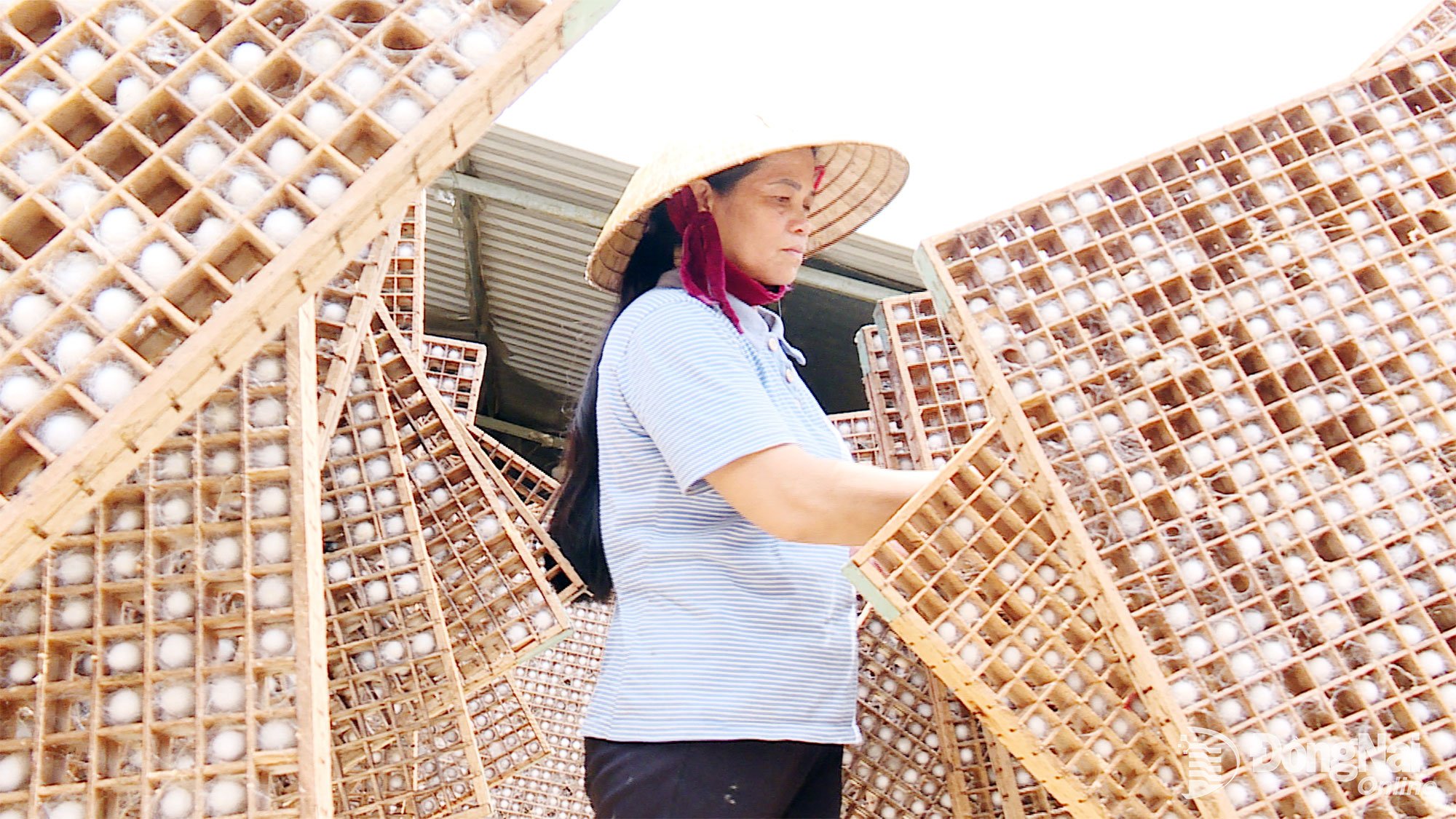 |
| To produce quality cocoons, silkworm breeders must pay attention to many technical aspects. Photo: Tu Huy |
Currently, in Dong Nai province, there is only one silk spinning factory located in Dak Lua commune, that is Duy Dong Factory. Each year, the factory has the capacity to purchase 300-400 tons of cocoons.
To ensure a stable source of input materials and improve production capacity, since 2023, Mr. Nguyen Duy Dong, Factory Director, has established the Mulberry Production and Service Cooperative with more than 20 local households specializing in growing mulberry and raising silkworms, providing cocoons for the factory.
Mr. Nguyen Duy Dong added: “The source of silkworm cocoons in Dak Lua commune is quite abundant. This is an old growing area, with a history of more than 30 years. The quality is stable, meeting the factory's standards. Currently, the factory also has many silk production lines using modern technology, new generation automatic silk reeling machines. I am still gradually investing in the remaining part, and will try to convert in the near future to synchronize the products."
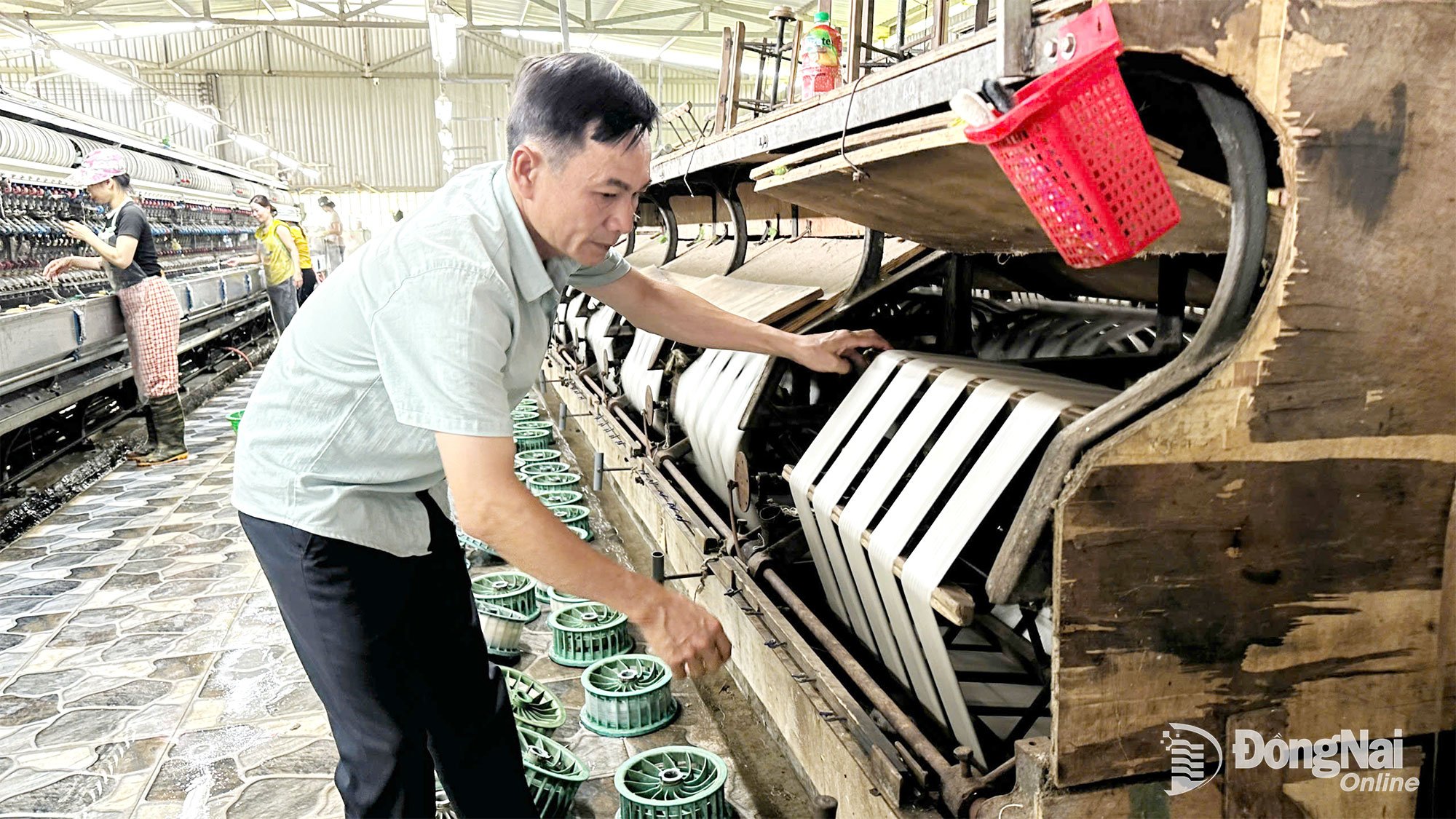 |
| Mr. Nguyen Duy Dong, Factory Director, is checking the quality of silk at the factory. Photo: Tu Huy |
Ms. Do Hong Nhung, a long-time skilled worker at the factory, revealed: "To achieve export quality silk, we have to pay close attention. In particular, the requirement is to have sharp eyes, clearly see the silk threads of each cocoon to perform the silk-tying operation accurately. A new worker also has to spend 2 months learning the job to ensure that he knows everything through each step and each stage."
Currently, the factory's silk products not only serve the domestic market but are also exported to demanding markets such as India, Japan... However, most of them are still in raw form, making the economic value not commensurate with the inherent potential.
For the sustainable development of the silkworm farming industry in Dong Nai, local authorities, associations and businesses need to play an important "supporting" role, not only in technology investment, but also in building brands and expanding consumer markets.
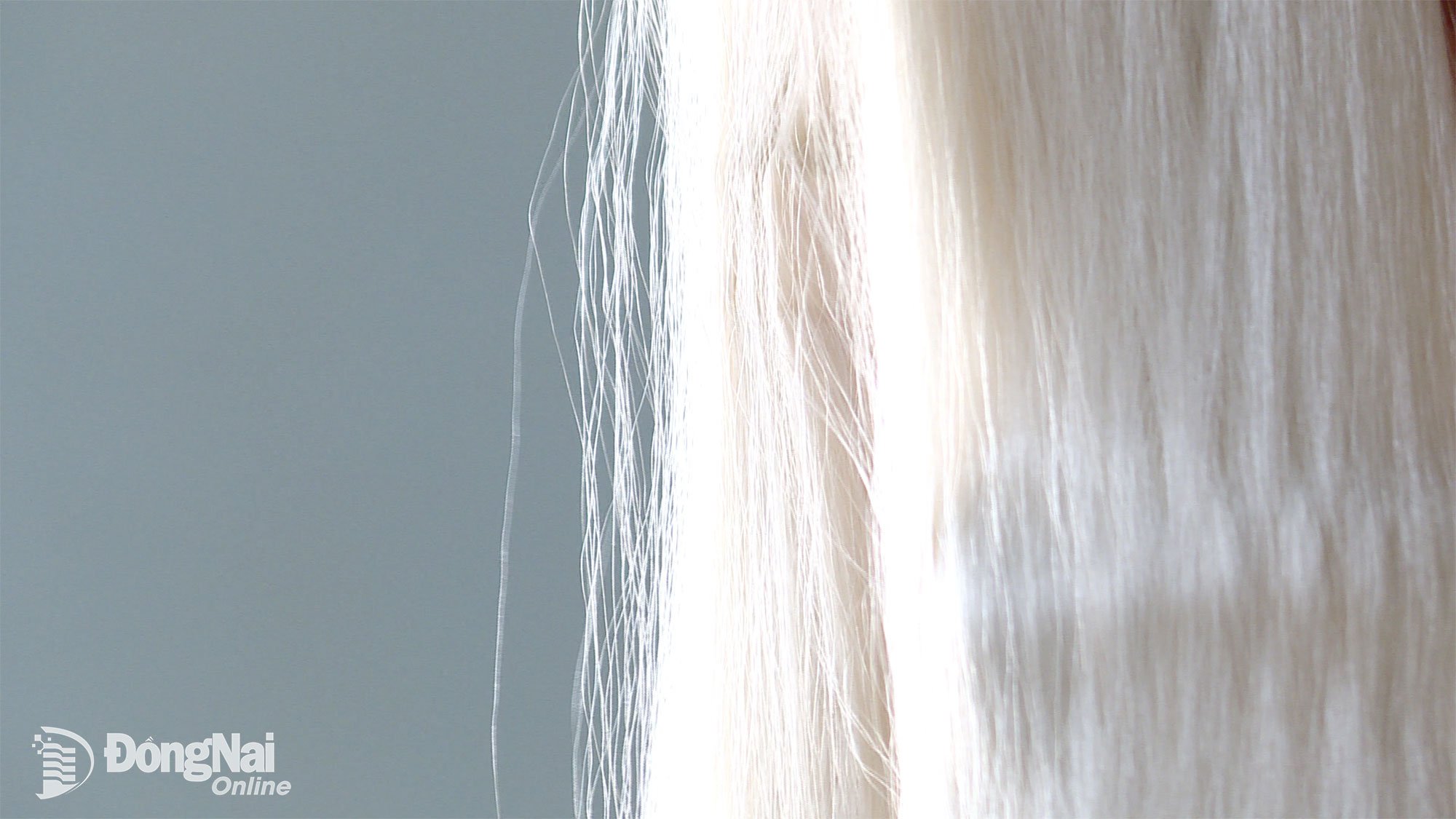 |
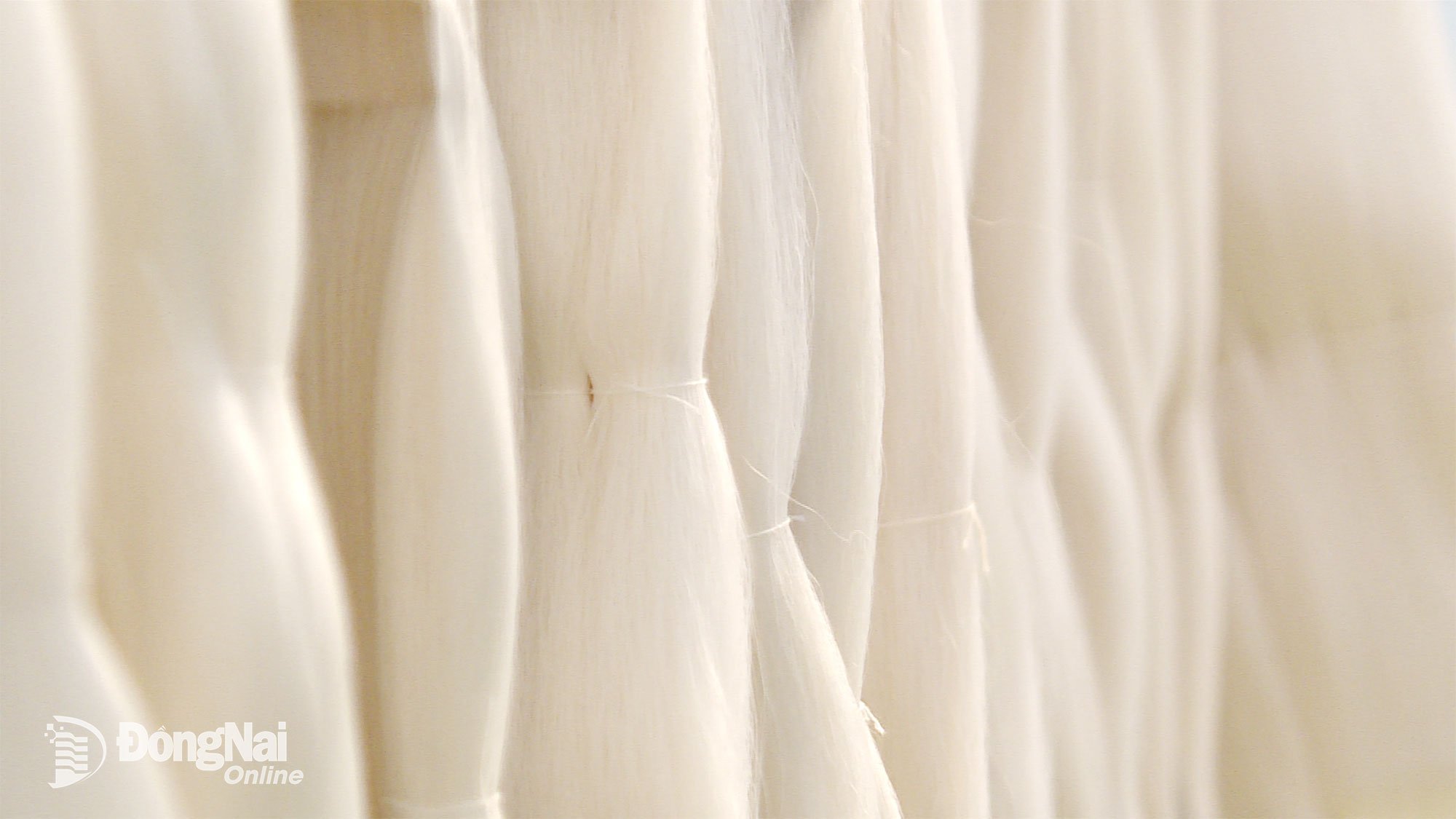 |
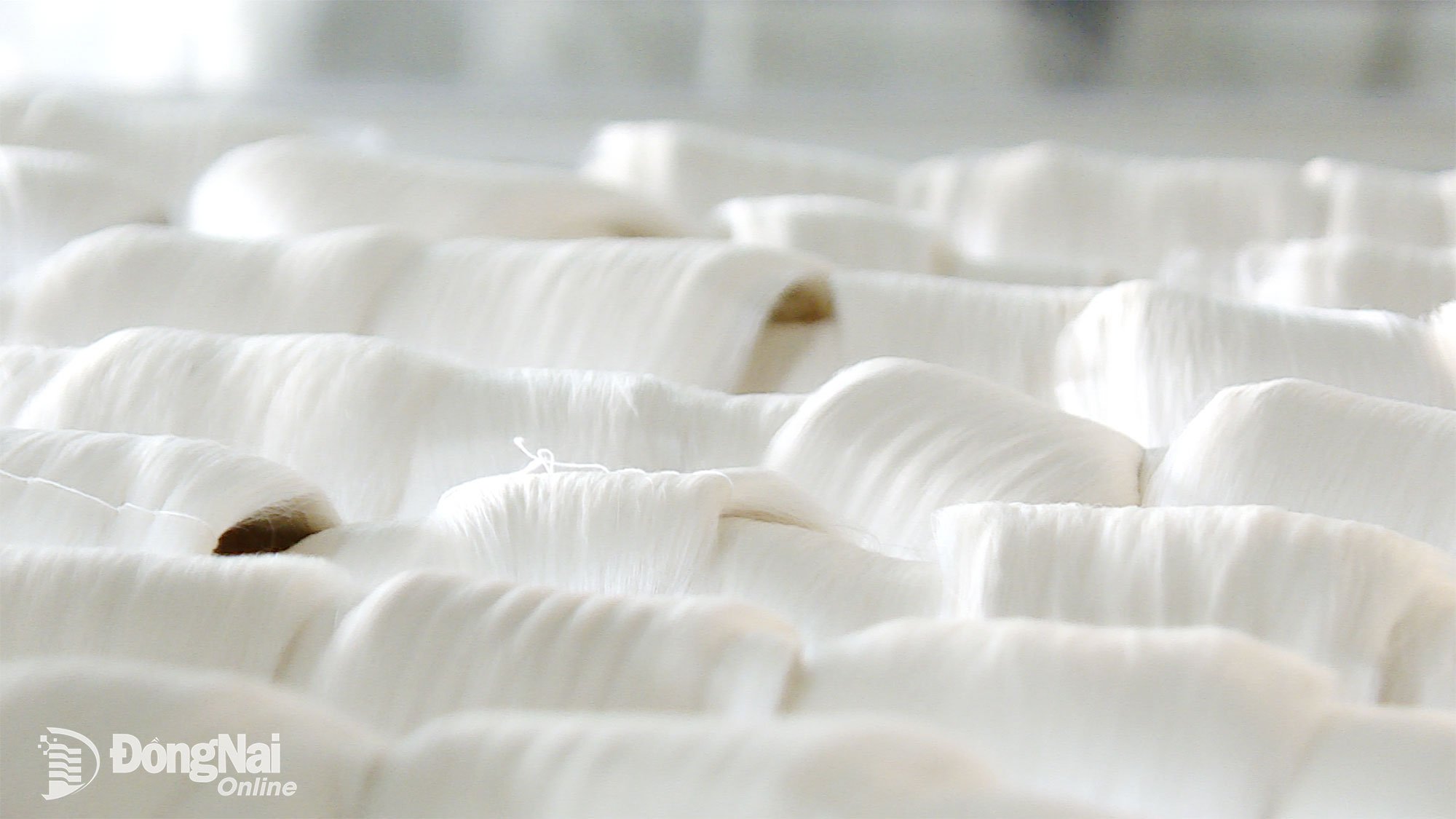 |
| Finished silk rolls. Photo: Tu Huy |
Ly Na Phan
Source: https://baodongnai.com.vn/kinh-te/202508/gin-giu-to-tam-tren-dat-dong-nai-95020a4/



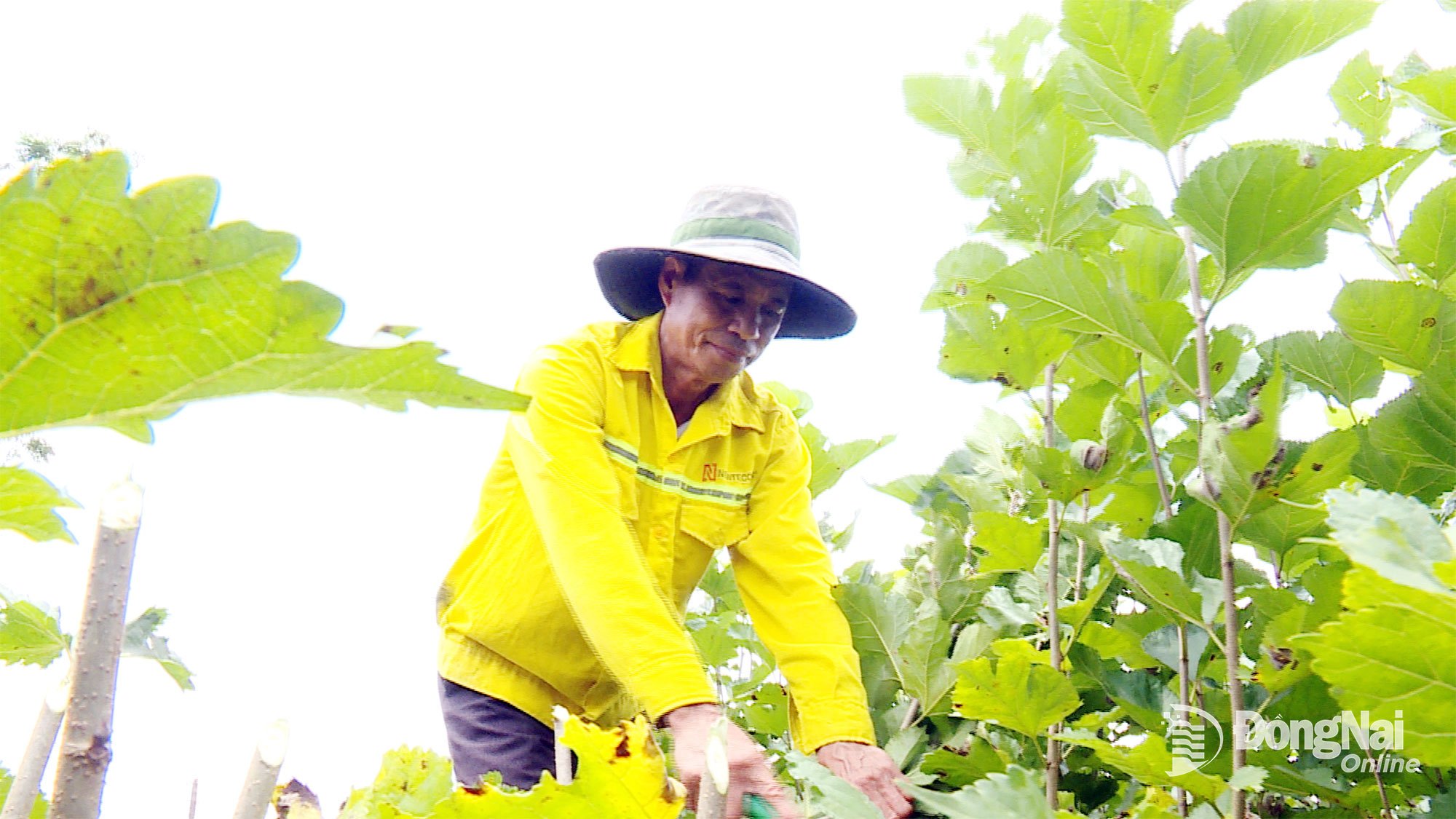


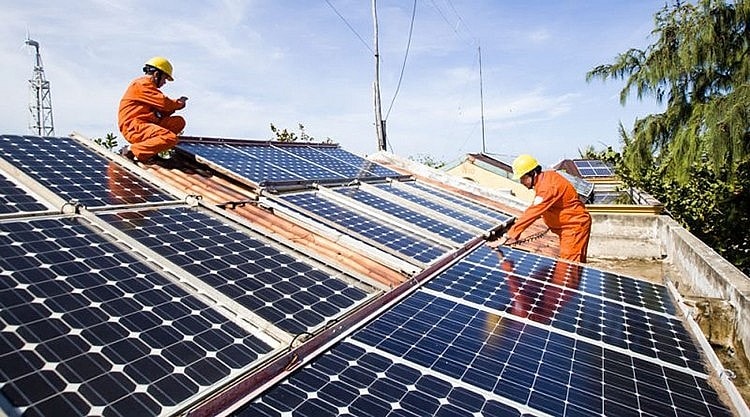
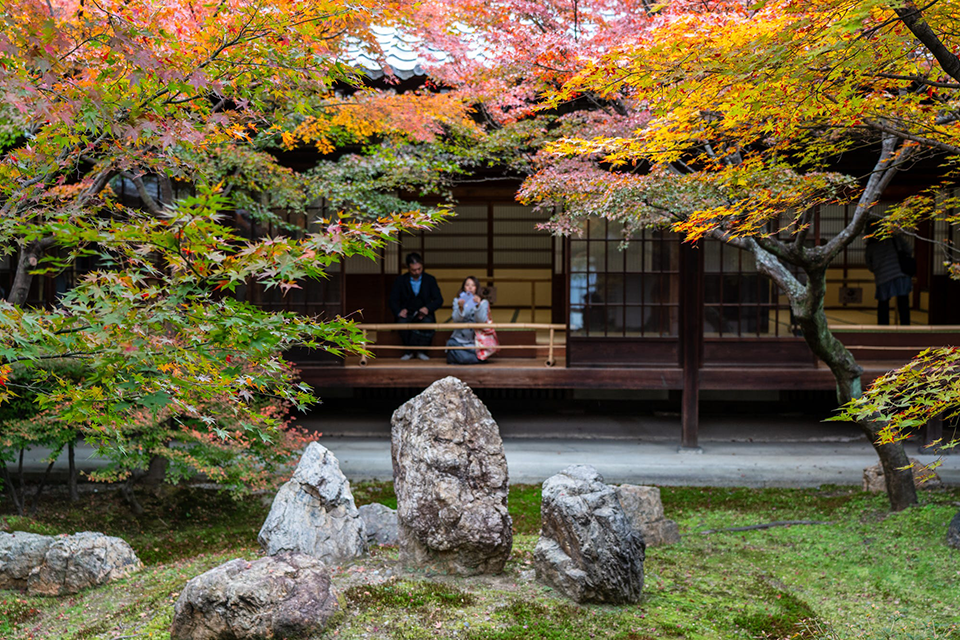

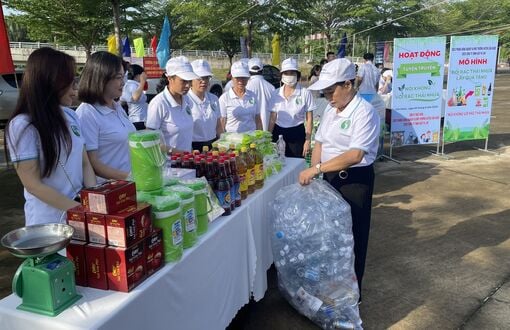

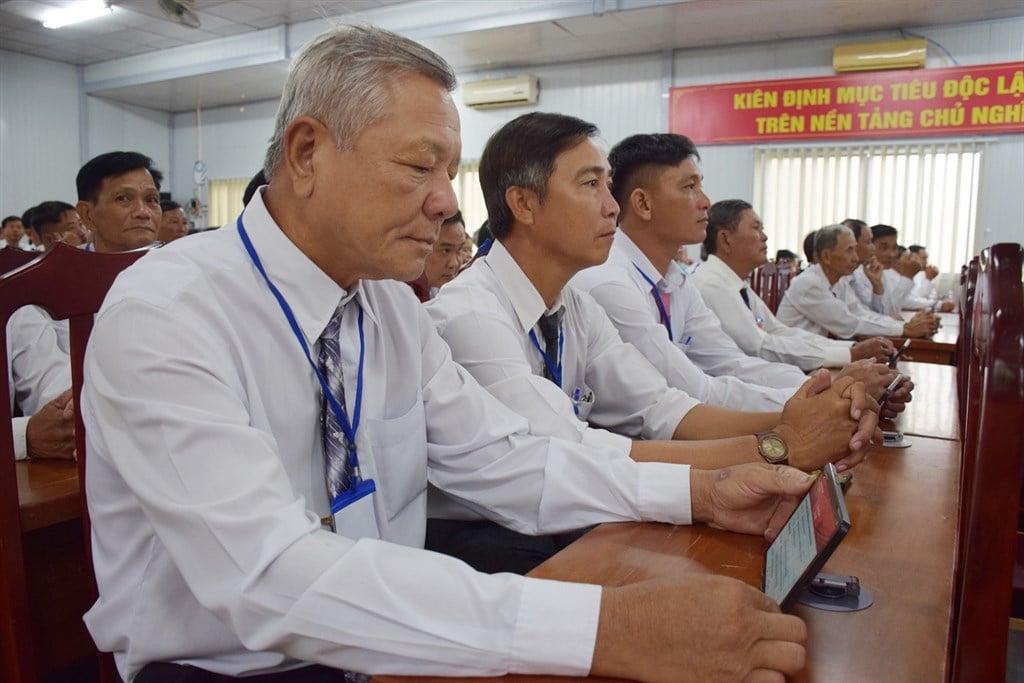

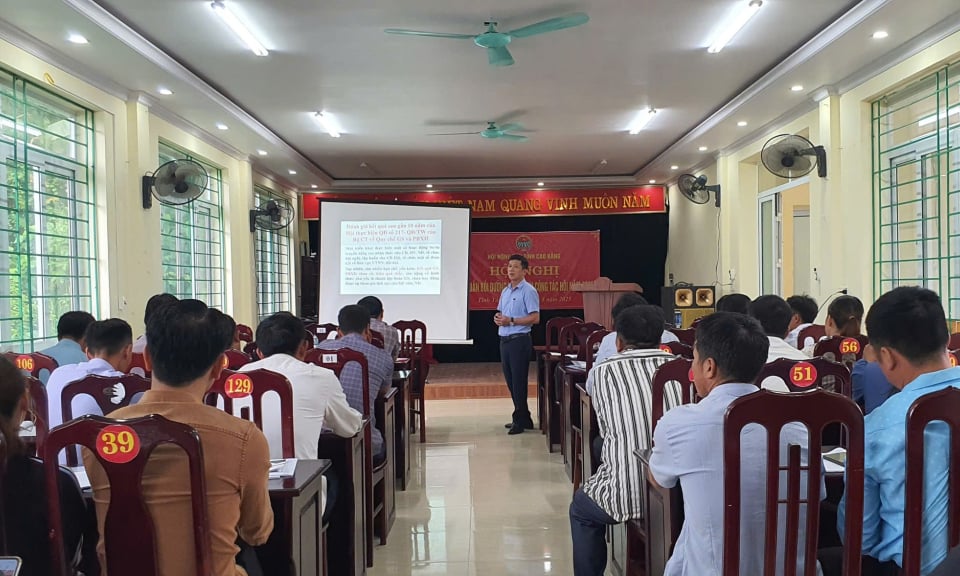













![[Photo] An Phu intersection project connecting Ho Chi Minh City-Long Thanh-Dau Giay expressway behind schedule](https://vstatic.vietnam.vn/vietnam/resource/IMAGE/2025/8/21/1ad80e9dd8944150bb72e6c49ecc7e08)

![[Photo] Prime Minister Pham Minh Chinh receives Australian Foreign Minister Penny Wong](https://vstatic.vietnam.vn/vietnam/resource/IMAGE/2025/8/20/f5d413a946444bd2be288d6b700afc33)
![[Photo] Politburo works with Standing Committees of Lang Son and Bac Ninh Provincial Party Committees](https://vstatic.vietnam.vn/vietnam/resource/IMAGE/2025/8/20/0666629afb39421d8e1bd8922a0537e6)


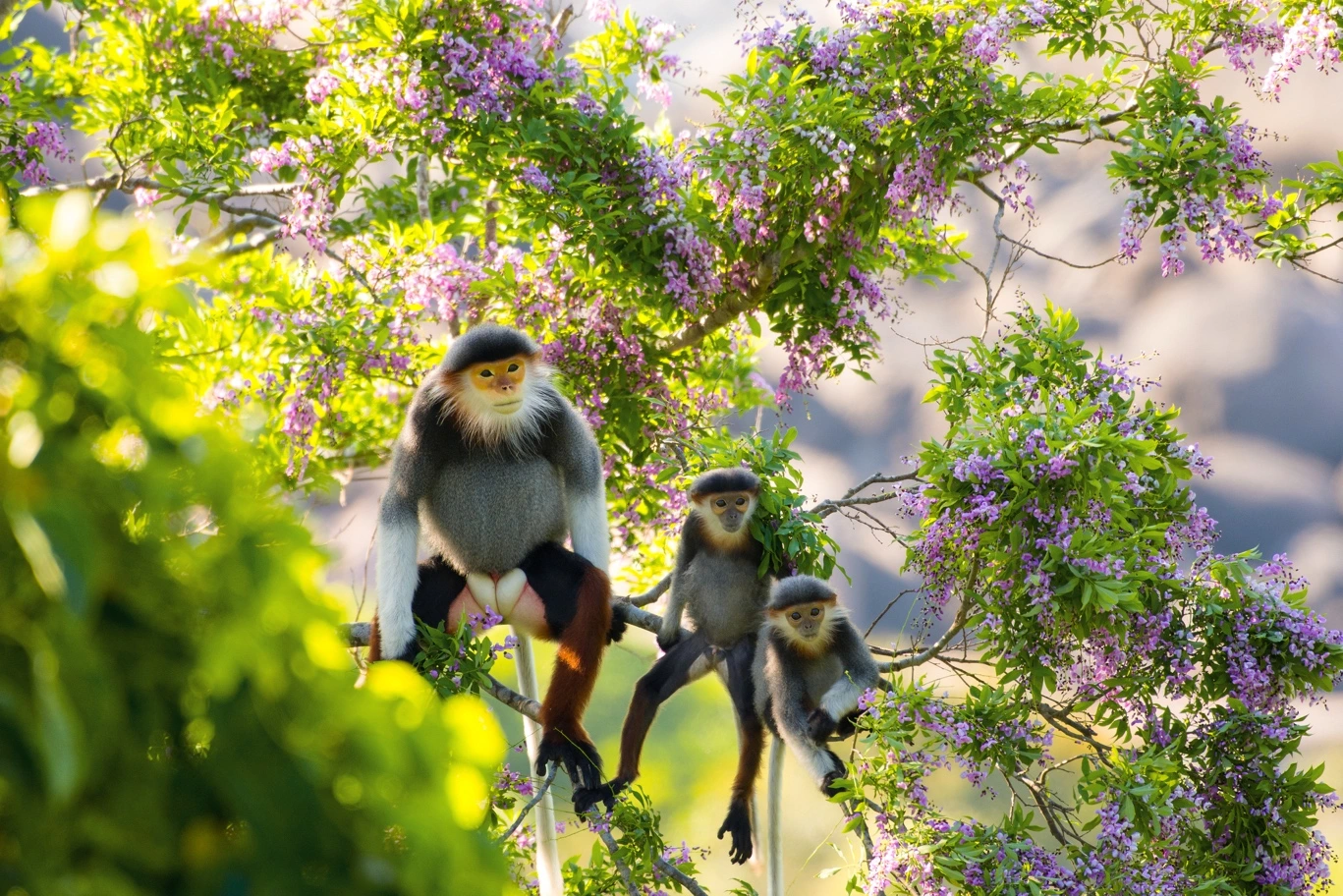

































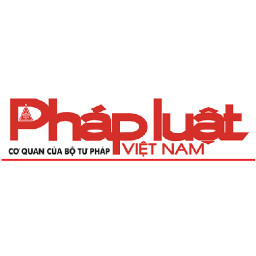



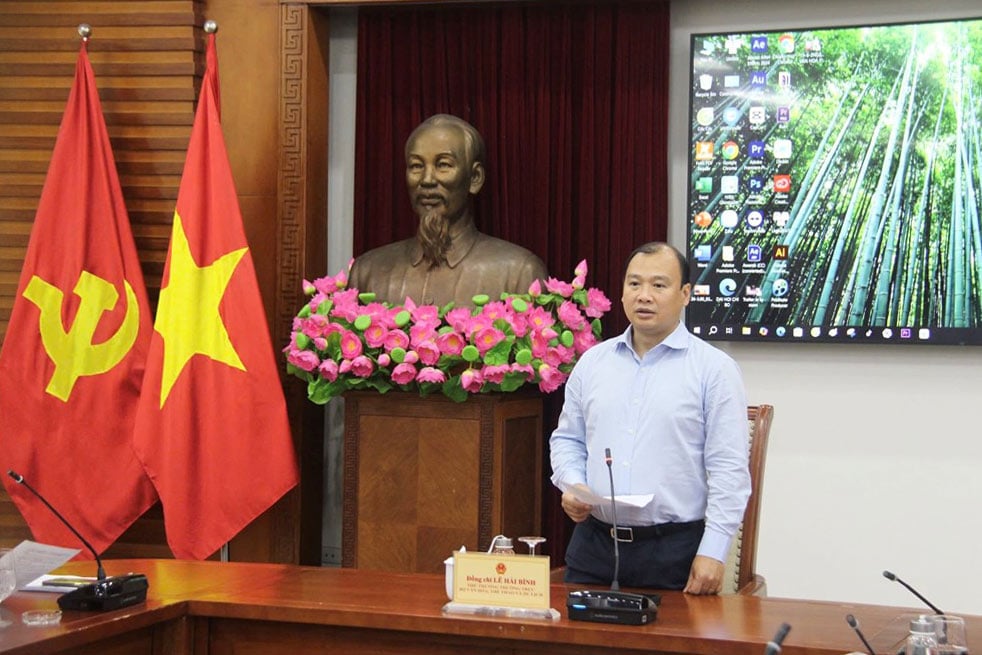

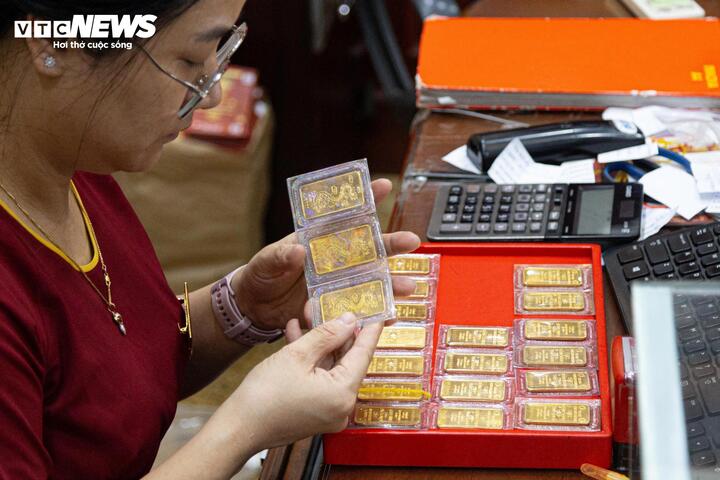





























Comment (0)